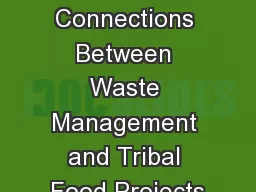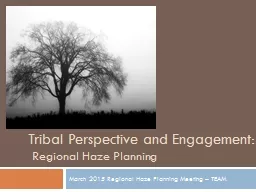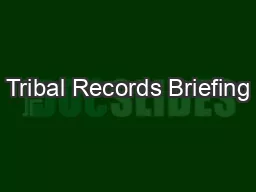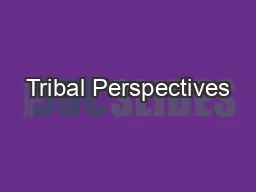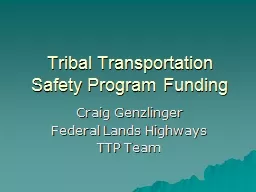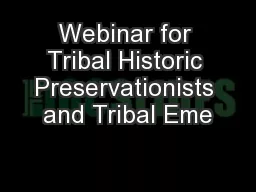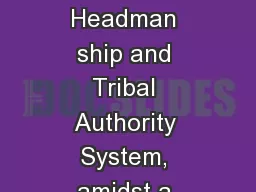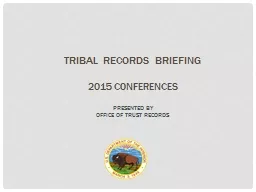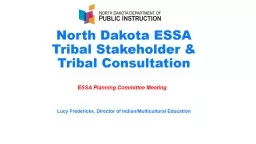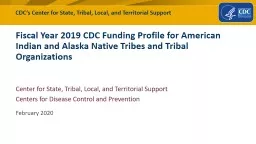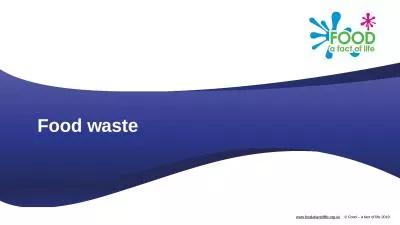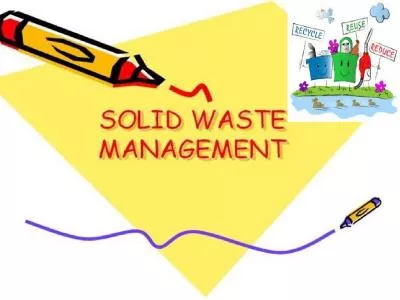PPT-Session 6 : Connections Between Waste Management and Tribal Food Projects
Author : conchita-marotz | Published Date : 2018-02-14
Michael Northbird Environmental Program Manager EPA GAP Coordinator Minnesota Chippewa Tribe WastegtFuelgtEnergy What is Biodiesel What do I need How do I make
Presentation Embed Code
Download Presentation
Download Presentation The PPT/PDF document "Session 6 : Connections Between Waste M..." is the property of its rightful owner. Permission is granted to download and print the materials on this website for personal, non-commercial use only, and to display it on your personal computer provided you do not modify the materials and that you retain all copyright notices contained in the materials. By downloading content from our website, you accept the terms of this agreement.
Session 6 : Connections Between Waste Management and Tribal Food Projects: Transcript
Download Rules Of Document
"Session 6 : Connections Between Waste Management and Tribal Food Projects"The content belongs to its owner. You may download and print it for personal use, without modification, and keep all copyright notices. By downloading, you agree to these terms.
Related Documents

